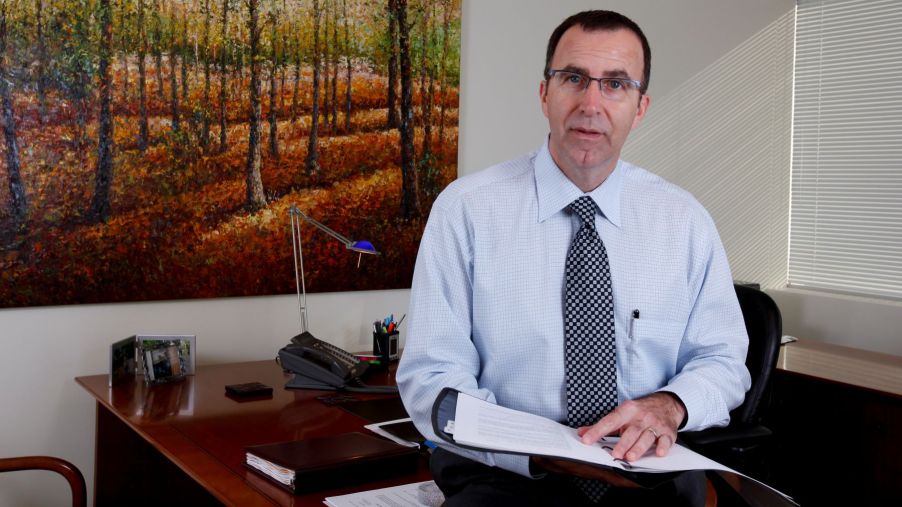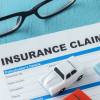
Auto Insurance Terms: What Does Non-Standard Auto Insurance Mean?
It might seem like insurance agents use a different language when they’re talking about coverage. To the average person, all of the talk about “premiums,” “deductibles,” and “liability limits” can be pretty confusing. So, if you’ve ever had to shop for auto insurance or disputed a claim, you understand it better than most.
According to Forbes, auto insurance has three classifications: average and preferred drivers (standard), high-risk (non-standard), or residual market. So, what exactly is non-standard auto insurance?
What is non-standard auto insurance?
Non-standard auto insurance is a type of vehicle insurance coverage for drivers considered to be high-risk. In contrast, a non-standard policy might cost more than a standard policy, but it can also provide much-needed protection for drivers with blemishes on their driving records.
There are many reasons why a driver could be considered high risk. For example, drivers with a history of accidents or moving violations may have difficulty finding affordable coverage from a standard insurer. Young drivers and seniors are also typically considered to be high-risk. Other factors that can contribute to a driver being classified as non-standard include:
- A DUI or other criminal conviction
- Poor credit
- A lapse in coverage
- driving a high-performance vehicle
What does non-standard auto insurance cover?

A non-standard auto insurance policy will typically offer the same types of coverage as a standard policy, including liability, collision, and comprehensive, according to Forbes. However, the limits on these coverages may be lower than what’s available from a standard insurer. In some cases, drivers with a non-standard classification may only be able to purchase liability coverage.
Steps you can take to lower your insurance
While you might find yourself paying more for an auto insurance policy, there are various ways to offset the cost. In fact, you may be surprised to find that you can get affordable coverage even after you’re considered a high-risk driver.
Here are a few tips to help lower the cost of your non-standard auto insurance:
Compare quotes from multiple insurers
Getting multiple quotes is one of the best ways to ensure you get the most affordable rates. Thanks to the internet, it’s easier than ever to get multiple quotes quickly and easily. According to the Insurance Information Institute, you should get at least three quotes before buying a policy. That gives you a sound basis for comparison to choosing the best option.
Ask about discounts
Even if you’re considered a high-risk driver, you may still be eligible for certain discounts. For example, many insurers offer safe driver discounts to drivers with clean driving records. You may also get a discount for taking a defensive driving course or having certain safety features on your car.
Consider usage-based insurance
Usage-based insurance, also known as telematics, is a relatively new type of auto insurance that charges rates based on how and how much you drive. This coverage could be a good option for high-risk drivers who don’t mind installing a telematics device in their cars. If you’re a safe driver, you could end up saving money on your rates.
Get a non-owner policy
If you don’t own a car but still need insurance, you can get a non-owner policy. This type of policy will provide you with liability coverage if you’re involved in an accident while driving someone else’s car. Non-owner policies are typically much cheaper than traditional auto insurance policies, so they could be a good option for high-risk drivers who don’t own a car.
Take a defensive driving course
According to Defensive Driving, taking a defensive driving course was found to be one of the most effective ways to lower your insurance rates. In some cases, you could see a reduction in your rates of up to 10%. In addition to saving you money on your policy, a defensive driving course could also make you a better driver.


